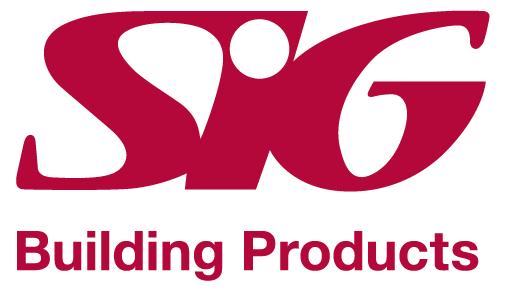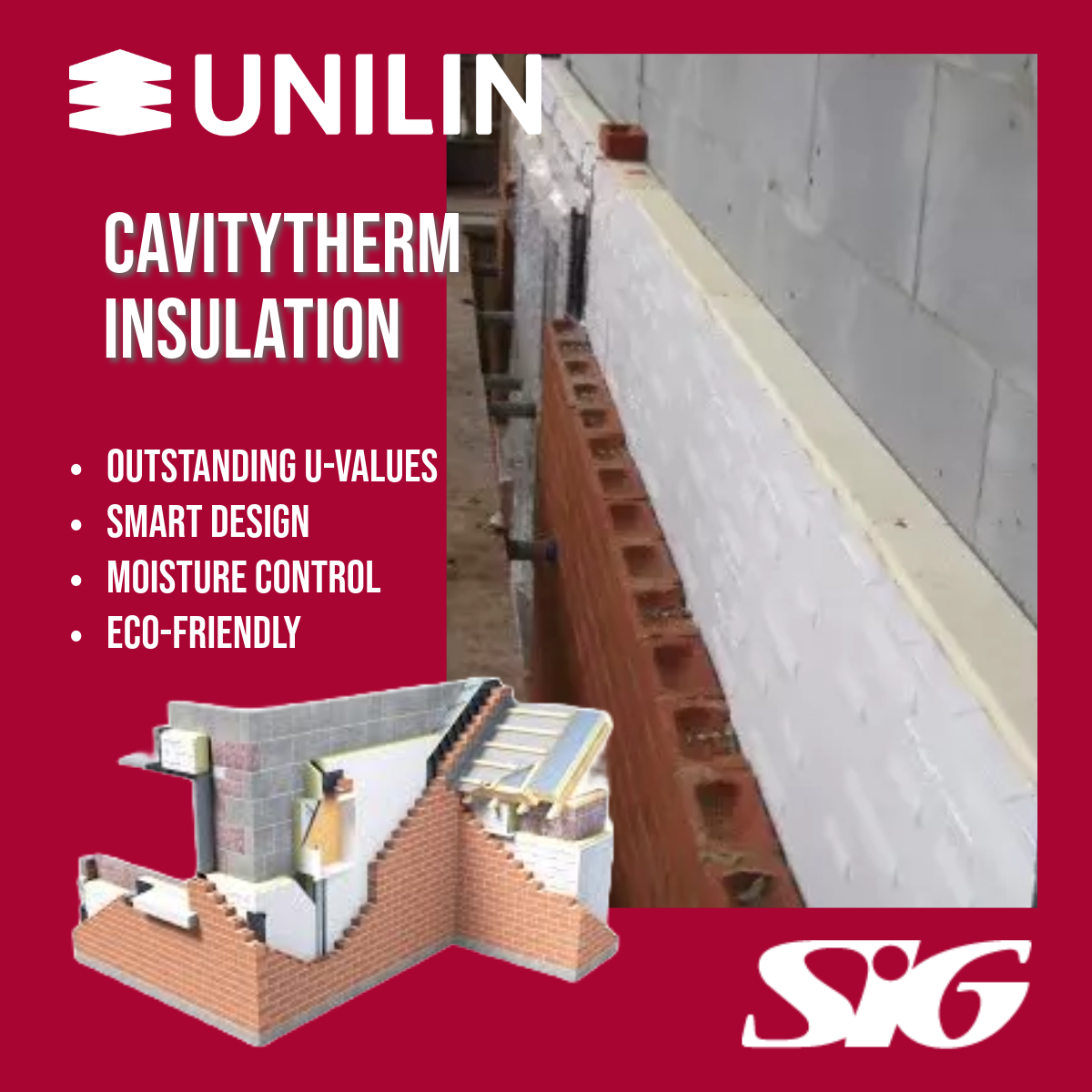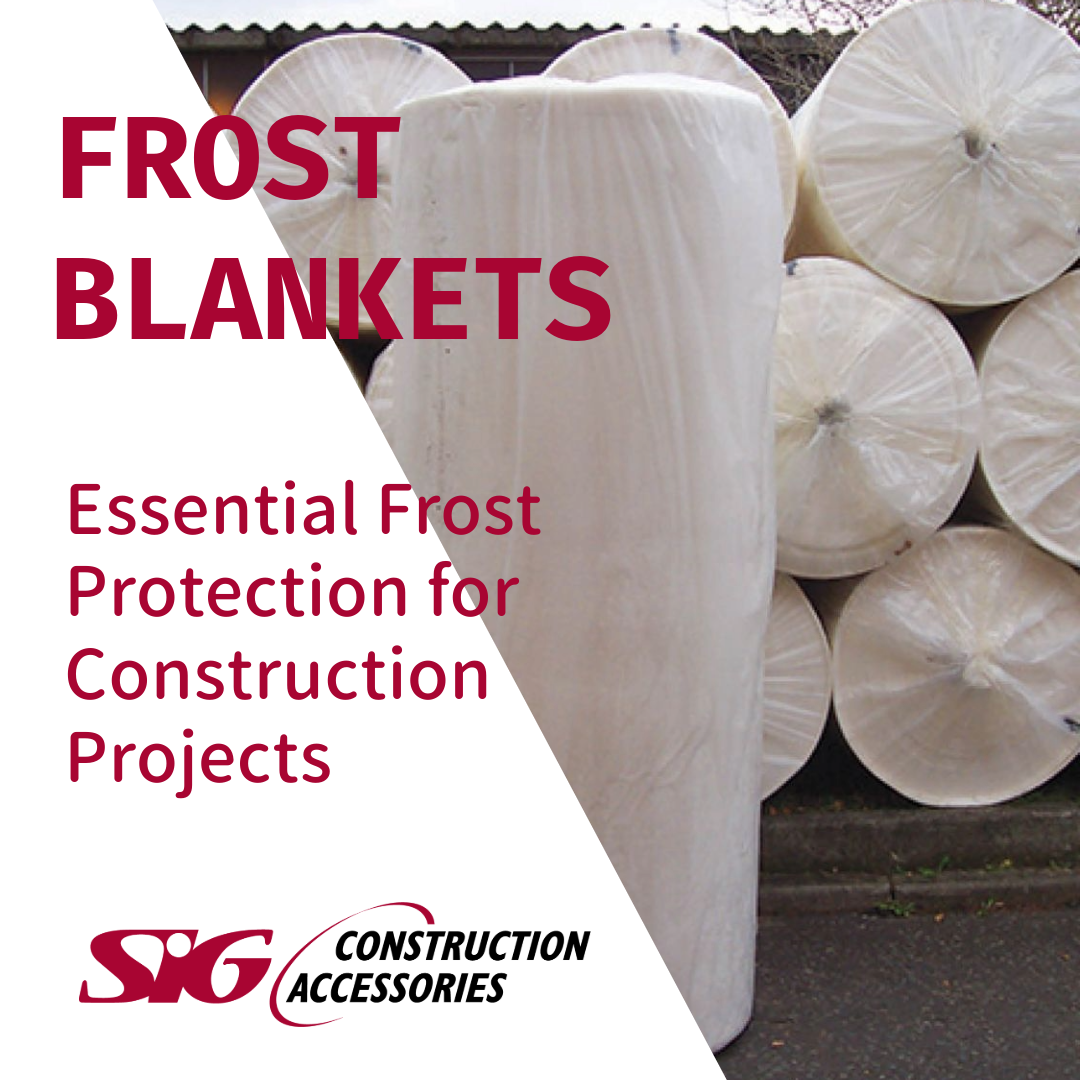
Safeguarding the structural integrity of commercial basements is vital to ensure their functionality and longevity. Protecting against water ingress and damp proofing is crucial for maintaining a safe and valuable building and preventing structural deterioration. In this comprehensive guide, we will delve into a variety of methods, products, and membranes designed specifically for waterproofing commercial basements.
Understanding the Types of Wall and Flooring Basement Waterproofing
When it comes to basement wall waterproofing, there are three primary methods to consider, each catering to specific needs:
1. External Waterproofing System (Type A)
This approach involves the application of a top-tier waterproof barrier, to the external surfaces and walls of the basement structure. The primary purpose is to create an effective shield against water penetration, preventing moisture from entering the underfloor area. Sikaproof P12 Membrane is renowned for its exceptional water ingress prevention, making it an ideal choice for this type of waterproofing.
 Key Features of Sikaproof P12:
Key Features of Sikaproof P12:
- Concrete protection: High
- Conditions of application:
- Controlled conditions required (temperature, water, humidity)
- Substrate preparation required
- Membrane must be protected until the reinforced concrete is placed
- Durability: High durability
- Advantages:
- Highly efficient
- High performance
- Easy to apply
- Low risk
- High durability
- Approved Contractors available
- Repair in the event of leaks: By crack injection
 2. Integral Waterproofing System (Type B)
2. Integral Waterproofing System (Type B)
Integral waterproofing adopts a proactive strategy by seamlessly incorporating waterproofing within the concrete structure itself, effectively mitigating the risk of liquid water penetration. An excellent product to use for this method is SikaProof A, a preapplied waterproofing membrane.
 3. Internally Applied Waterproofing Systems – (Types A and C)
3. Internally Applied Waterproofing Systems – (Types A and C)
Type A waterproofing revolves around the application and installation of a waterproof membrane on the internal surfaces (negative side) of the structure. Embracing this methodology, the Sikalastic 1 K system emerges as a prime example, providing an array of benefits including a resilient surface and minimised maintenance requirements. This approach ensures that your basement remains shielded against water ingress and potential damage, while offering long-term durability and ease of upkeep.
Type C: This approach directs the flow of infiltrating water into a drainage system and collection sump. Sika® Cavity Drainage System is well-suited for scenarios where access to external surfaces is challenging.
 Key Features of Sika® Cavity Drainage System (Type C):
Key Features of Sika® Cavity Drainage System (Type C):
- Concrete protection: Low
- Conditions of application:
- Substrate preparation may be required
- Installation of sumps and pumps
- Regular maintenance of sumps and pumps
- Durability: Medium
- Advantages: Limited surface preparation required. Can be used where the substrate does not have the strength to resist stresses caused by water pressure.
- Repair: Regular maintenance is required
Choosing the Right Cavity Drain Membrane
The Sika® CD cavity drainage system effectively manages water movement after penetration. With a high-density polyethene internal drainage membrane, it guides water to a drainage system and sump, subsequently pumping it out. Notable advantages include suitability for both above and below-ground usage, water vapour barrier functionality, accommodation of structural movements, and applicability in basements and cellars.
Common Basement Waterproofing FAQs
What is the best waterproofing for a basement?
The best waterproofing method for a basement depends on the project’s specific requirements. Effective options include external waterproofing systems (Type A) using materials like Sikalastic, integral waterproofing systems (Type B) featuring Watertight Concrete, and internally applied systems (Types A and C) involving Sika®-1 System and Sika® Cavity Drainage System. Each method offers distinct advantages and suits different scenarios.
Can you waterproof the inside of a basement?
Certainly, you can waterproof the inside of a basement using internally applied waterproofing systems. These systems generally entail applying waterproof barriers to the internal surfaces of the basement structure, preventing water infiltration.
Type A systems create a waterproof barrier, while Type C systems channel infiltrating water into a drainage system and collection sump. Sika’s Sika®-1 System and Sika® Cavity Drainage System are pertinent solutions for these approaches.
What is the best waterproofing for concrete basement walls?
The most suitable waterproofing method for concrete basement floors and walls hinges on factors like project specifics and desired protection levels.
External waterproofing systems (Type A), such as Sikalastic applied to the exterior surfaces, can offer robust protection. Alternatively, integral waterproofing systems (Type B) integrated into the concrete block structure, like Watertight Concrete, provide durable waterproofing.
What are the advantages of basement waterproofing?
Basement waterproofing offers several important advantages, making it a worthwhile investment for commercial properties:
- Prevention of Water Damage: The primary purpose of waterproofing is to prevent water infiltration, which can cause structural damage, weaken foundations, and lead to mould and mildew growth. Waterproofing safeguards your property against these potential issues.
- Enhanced Structural Integrity: By preventing water from entering the foundation and walls, waterproofing helps maintain the structural integrity of the building. It reduces the risk of cracks, deterioration, and weakening of the foundation over time.
- Longevity: Properly waterproofed basements tend to have a longer lifespan. Waterproofing measures protect the building from the damaging effects of moisture, ensuring its durability.
- Improved Indoor Air Quality: Waterproofing prevents the growth of mould and other moisture-related allergens. This contributes to healthier indoor air quality and reduces the risk of respiratory problems for occupants.
- Increased Building Value: A waterproofed basement is a valuable asset for any building. Potential buyers or tenants are more likely to be attracted to a building with a dry, well-maintained basement, which can translate into higher building value.
- Reduced Energy Costs: Waterproofing can contribute to better insulation and energy efficiency. It helps to seal out cold air and moisture, reducing the need for excessive heating and cooling, leading to potential energy savings.
- Prevention of Cracks and Leaks: Waterproofing methods help minimise the formation of cracks in walls and floors, which can be entry points for water. By sealing these vulnerabilities, you prevent leaks and subsequent damage.
- Peace of Mind: Knowing that your basement is effectively protected against water damage provides peace of mind. You won’t have to worry about sudden leaks, flooding, or structural issues caused by water infiltration.
- Reduced Maintenance: Waterproofing can lower maintenance costs over time. With fewer water-related issues, you’ll spend less on repairs and maintenance work caused by water damage.
Conclusion: Waterproofing for Lasting Structural Integrity
Waterproofing commercial basements demands a tailored approach that aligns with project requirements and structural considerations. By comprehending the advantages and characteristics of different waterproofing methods, such as external, integral, and internal systems, you can ensure the durability and structural resilience of the basements of your establishments. Proper waterproofing not only safeguards against water penetration but also contributes to the overall longevity and value of the property.
When ensuring robust basement waterproofing, having access to expert guidance is invaluable. SIG’s team of technical experts stands ready to provide comprehensive technical advice and support for your waterproofing project. Their deep understanding of various waterproofing solutions, including the intricacies of products like Sikalastic, Watertight Concrete, Sika®-1 System, and Sika® Cavity Drainage System, guarantees that you make informed decisions aligned with your project’s unique requirements. From product selection to application techniques, SIG’s technical experts can guide you through every step of the process, helping you achieve a basement that stands strong against water ingress and the test of time.
When it comes to basement waterproofing, remember that investing in the right solutions today can lead to a building that remains dry, secure, and structurally sound for years to come. Trust in SIG’s expertise to pave the way for a watertight future in your commercial basement waterproofing projects.



